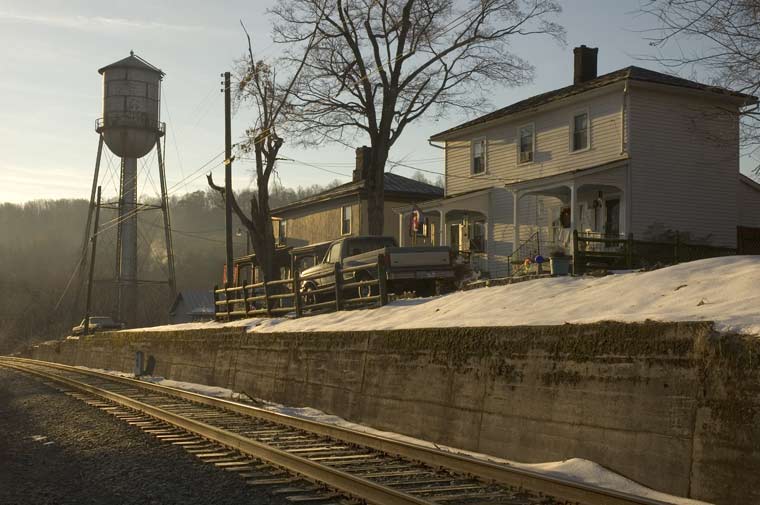entail great suffering upon our help

As early as 1850 mill management had tried to provide decent housing for its employees. By 1880 it rented out three houses and seven tenement dwellings. Henry Marchant lived in one of the houses, and plant manager John Tyler and his family occupied another. Fifty-five out of 60 workers lived in the remainder.--Andy Myers
Marchant echoed the sentiments of Randolph and detailed the problems recently faced. He recalled a break in the dam race in January, 1873, which halted operations for a month when spring orders were being filled. At the same time "considerable loss" resulted when a sudden drop in wool prices caught the mill with a large stock of raw materials. Then, just as these setbacks were being overcome, the panic of 1873 threatened to sweep all gains away. That year proved to be "the most unprofitable that the woolen manufacturing interest of' the country has had to do battle with." As Northern mills closed right and left, the board of directors seriously debated a suspension of operations. Many factors played a part in their decision to maintain production, according to Marchant:
To shut down our gates would result in serious injury to machinery from rust and other causes; entail great suffering upon our help, and probably necessitate their seeking employment elsewhere, scatter the trade secured after years of toil, and injure our credit beyond hope of recovery. Yet to run when individuals and corporations controlling millions were stopping, seemed almost out of the question. With an indebtedness of $30,000 maturing at an early date, nothing seemed left us but to make the effort, by selling for close profits, and realize, as far as possible, from capital then invested in wool and woolens. This decided on, our prices were reduced to so near an approximate to cost as would ensure sale to a good class of trade, and every exertion [was] made to effect this object at the earliest possible moment.--Harry Poindexter
Labels: Henry Clay Marchant, Poindexter History, railroad

2 Comments:
WWhose houses are these?
flying scott- In 1907 there were, from old Sanborn maps, seven structures located in this area referred to by Woolen Mills residents as "on top of the hill." (three are visible in this photo). We have not done county title searches to date, but relying for the moment on oral history, these structures were the property of the Mill. It appears that these buildings contained 11 separate dwelling units, housiing for mill employees
Post a Comment
<< Home